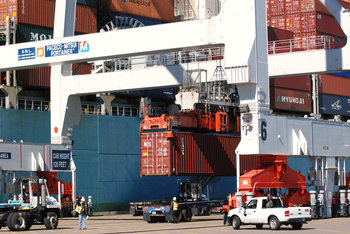
Shortages
Shortages of a component, part or material.Price Increases
Increasing prices due to factors such as supply, demand and tariffs.Quality
Quality failures such as a shipment of parts that do not conform to specifications.Delivery Failure
Late deliveries and lost & damaged packages.Supplier Relationships
A breakdown in your relationship with a supplier potentially leading to a need to replace them.Availability
Supplies that are out of stock when you need them.Turnaround Time
An inability to obtain supplies when you need them including failures of your ordering or receiving processes.Discontinued Items
An essential input to your products or processes that is discontinued by the supplier.Supplier Failure
A supplier who goes out of business or discontinues an entire business unit.Reputation
A supplier that faces negative press such that the reputation of your products is damaged by extension. For example, a part that is found to be a safety hazard or supplier who is treating employees or the environment poorly.Supply Shocks
A sudden drop in supply on a global or industry-wide basis due to events such as a disaster, labor dispute, trade embargo or political instability.Shrinkage
Items that disappear or are damaged between the point of shipping and receiving.Exchange Risk
The risk of cost increases due to foreign exchange rates.Procurement Risk
Procurement risks such as the risk of fraud in the selection of a supplier.Summary
The following are common types of supply risk:
Overview
The potential for losses related to your supply chain and suppliers.
| Definition: Supply Risk | ||
Type | ||
Definition | The probability that an inbound supply problem will disrupt a business. | |
Related Concepts | ||

































